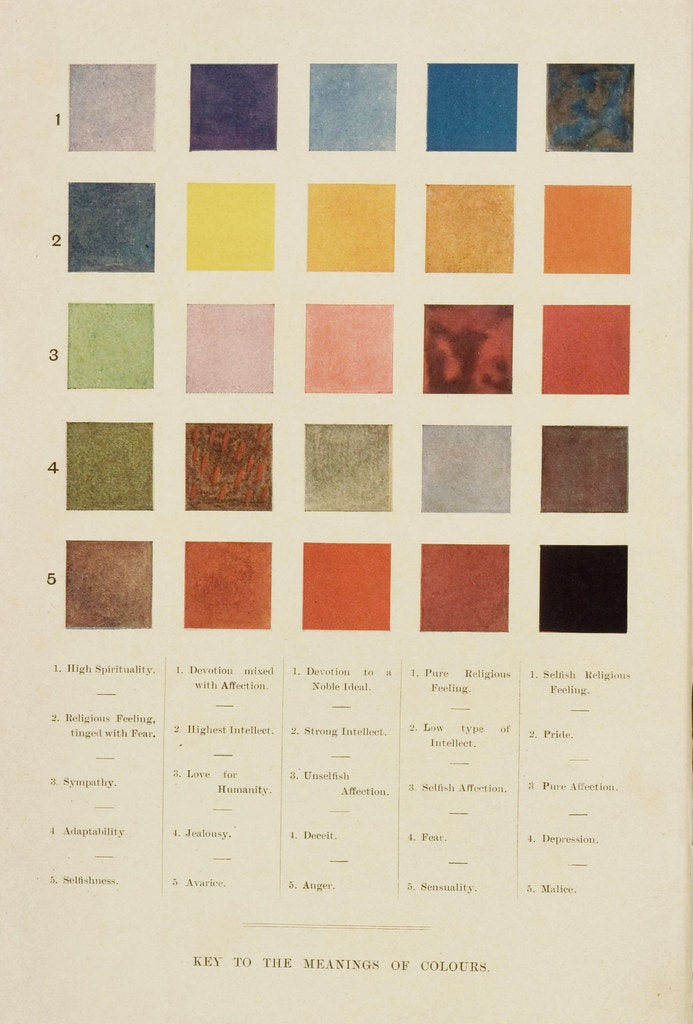How ColourColor Revolutionized the 18th Century—and Why It Still Matters Today
- 2paperedwalls8
- Aug 7
- 2 min read

Colour is all around us—on our walls, clothes, websites, and branding—but have you ever wondered how our modern understanding and use of colour came to be? It turns out, much of what we know about colour and its significance today grew from a remarkable revolution in the 18th century, a time when science, art, commerce, and culture all came together to unlock the secrets of colour.
In her insightful book, The Creation of Colour in Eighteenth-Century Europe, Sarah Lowengard takes us back to this vibrant period when colour was much more than decoration—it was a symbol of progress, innovation, and social aspirations.
A Time of Enlightenment and Experimentation
The 18th century was an age of enlightenment. People believed knowledge and improvement were keys to a better society. This mindset fueled a thirst for discovery not just in grand sciences but in everyday materials, including colour. Artists, chemists, manufacturers, and even curious amateurs began experimenting to create new pigments, develop better dyes, and understand how colours interacted.
But it wasn't just about pretty hues. Colour was deeply tied to ideas of commerce and identity. Countries competed in producing vibrant porcelain, textiles, and artworks that dazzled the elite and the public alike. New colours meant new markets, new fashions, and new kinds of luxury.
The Intersection of Art and Science
What makes this story so compelling is how closely art and science were intertwined. The period saw a blossoming of scientific societies, guilds, and premium clubs offering prizes for innovations in colour and dyeing techniques. Colour wasn't just a mystery for painters or poets—it was a puzzle for chemists and industrialists too. Instruments, experiments, and new theories about light and pigment helped transform colour from magic into method.
Importantly, colour theory was accessible. Information flowed through books, lectures, and informal social networks. Even ladies' maids and retired soldiers joined in, contributing observations and experiments. This broad participation showed how knowledge was breaking barriers and involving the public in Enlightenment ideals.
Colour as a Model for Progress
Colour stood as a perfect example—a tangible, visible way—to explore progress and improvement. Improving a dye or a pigment wasn't a minor task. It symbolized technological advancement and cultural sophistication. Success in colour production meant more durable paints, brighter fashions, and goods both beautiful and practical.
This period also birthed early forms of what we now think of as intellectual property and innovation policy. The rise of patents, rewards, and premium societies encouraged inventors to share, while also protecting their discoveries. Though secrecy remained, experiments were increasingly a public endeavour aimed at enhancing society.
Why This Matters Today
Looking back, the 18th-century colour revolution reminds us that colour is more than just aesthetics—it's a lens through which history, science, commerce, and culture converge. It inspires the ways designers create mood, marketers build brands, and artisans craft beauty.
Next time you pick a colour to style your website or choose the perfect shade for your product campaigns, remember: Behind those hues lies centuries of discovery, passion, and progress.
Citation: Lowengard, Sarah. The Creation of Colour in Eighteenth-Century Europe. New York: Columbia University Press, 2006.



Comments